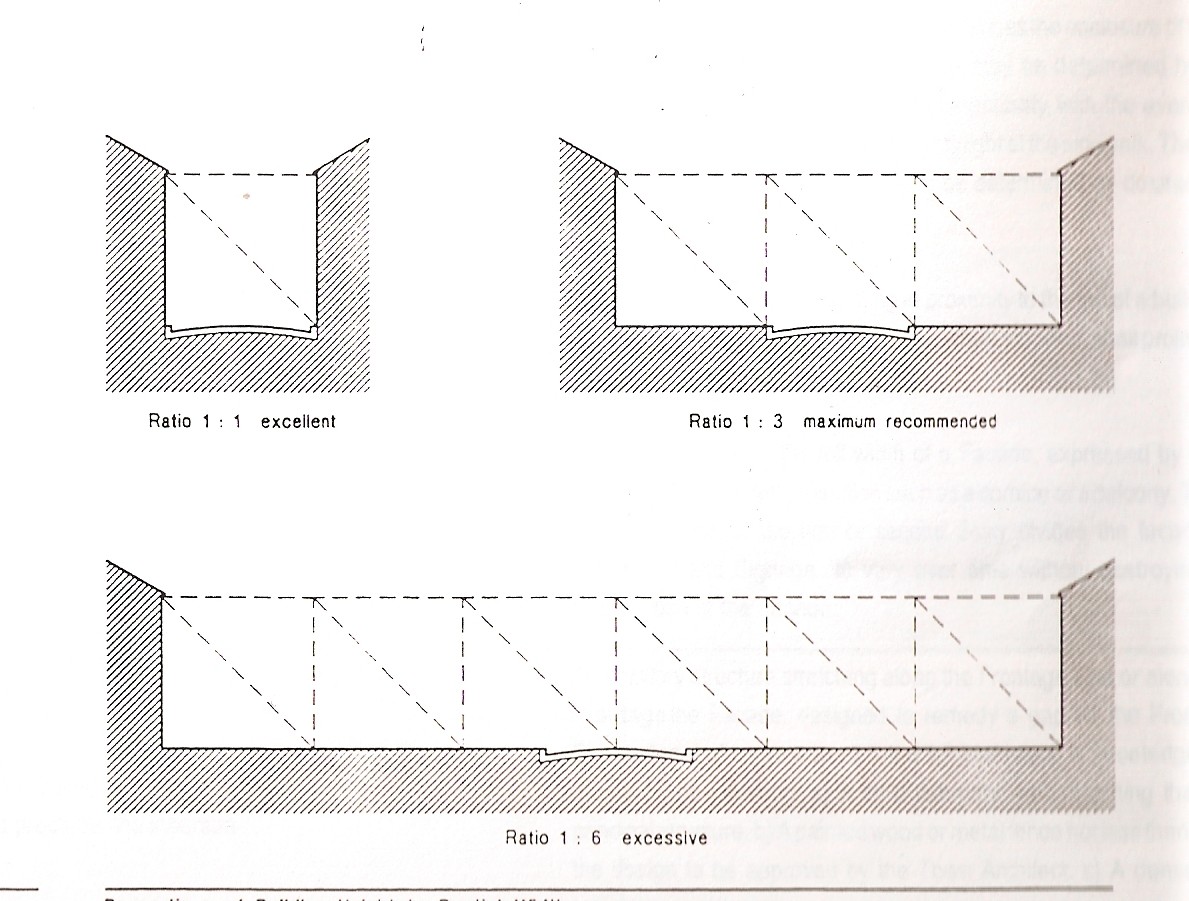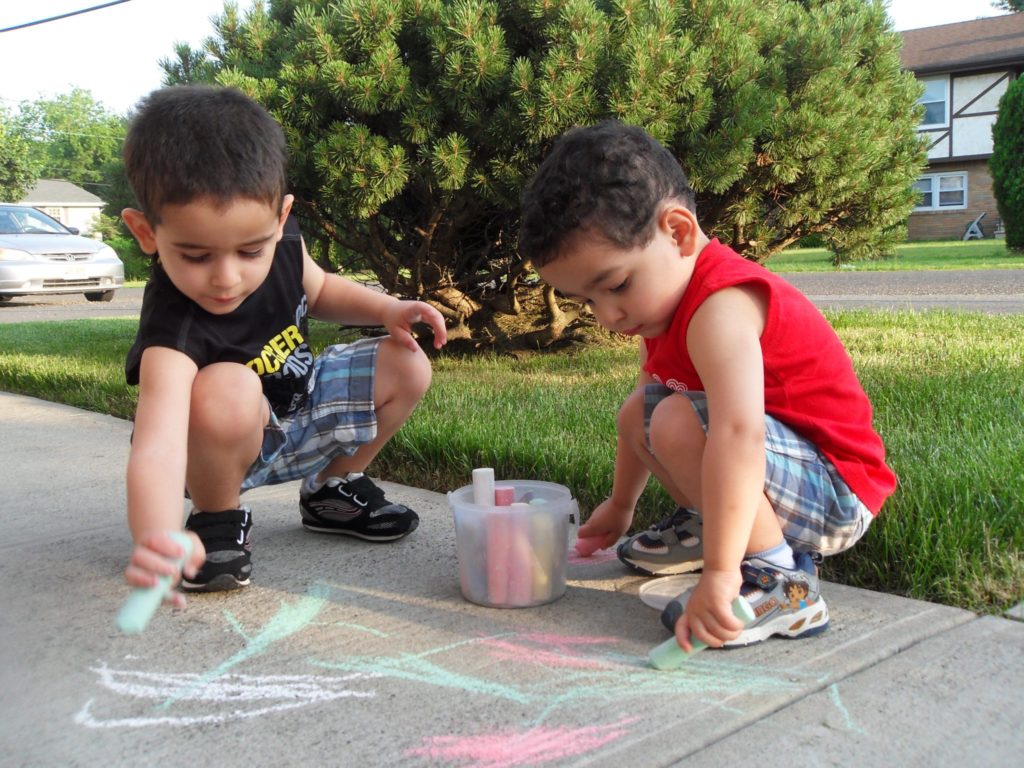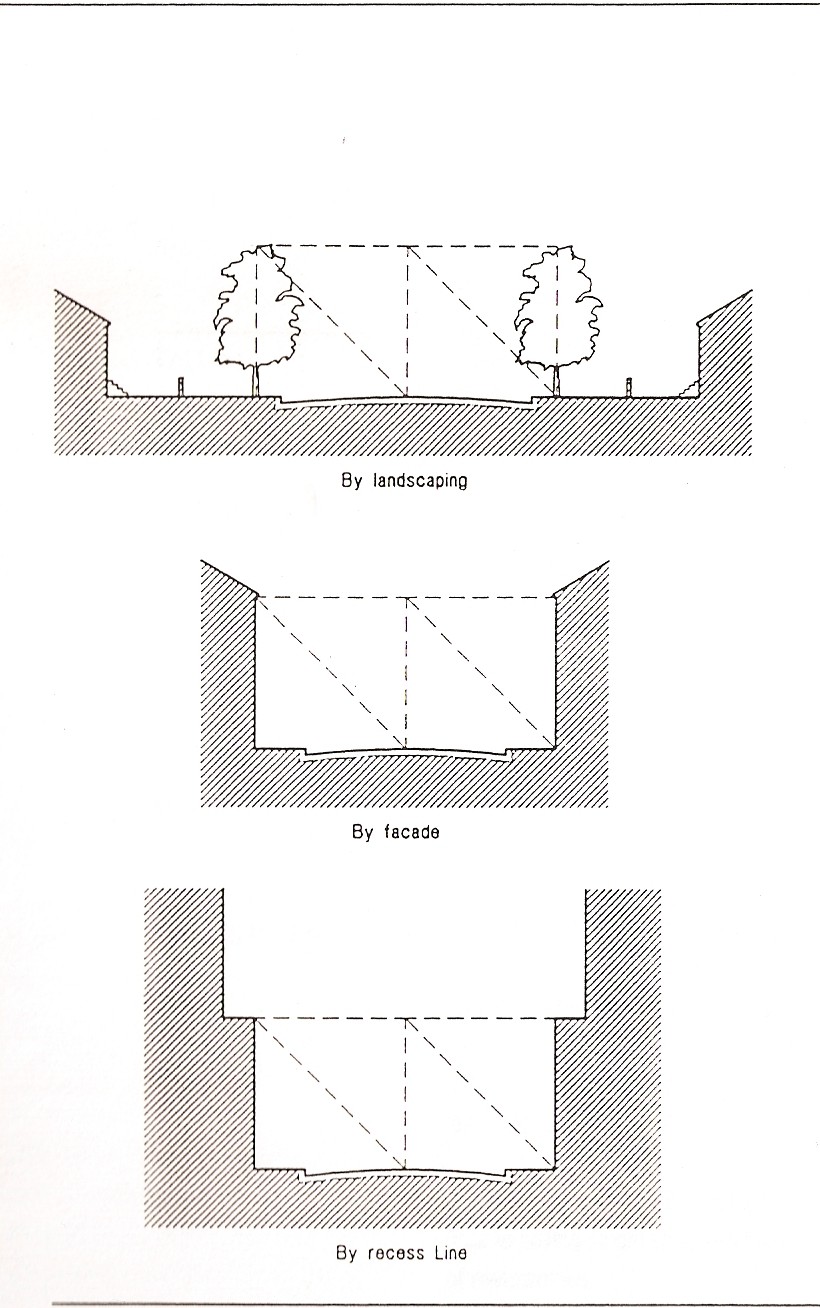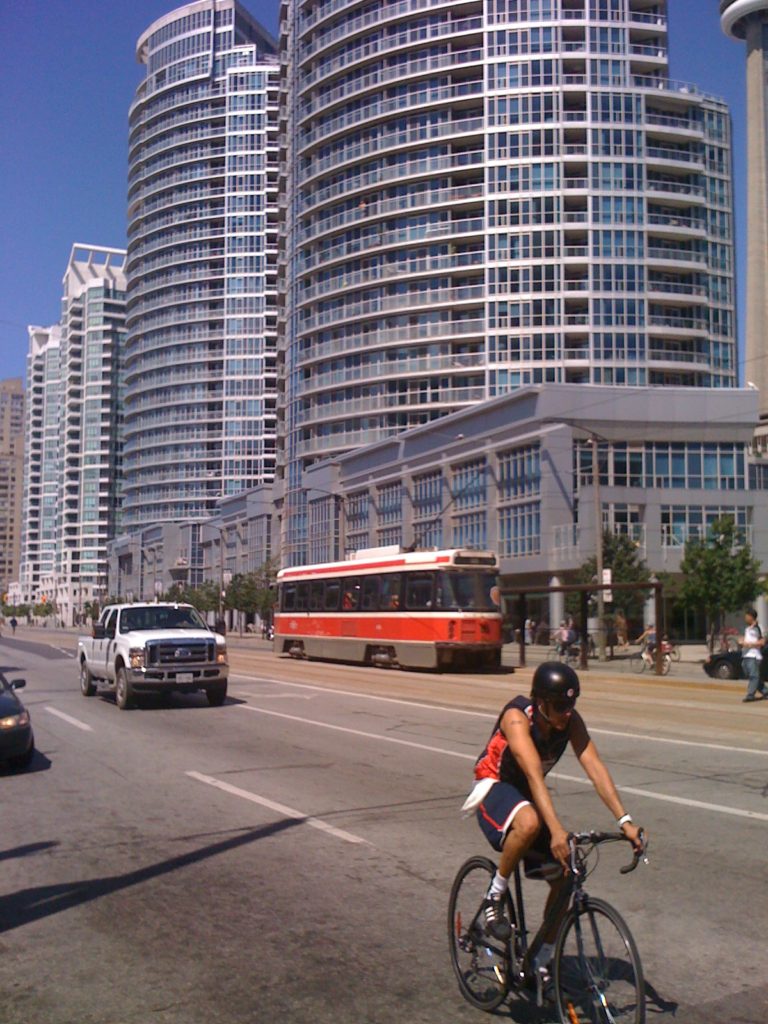



A current area of emphasis in urban design is the Complete Streets movement. This looks at the street in relationship to multiple modes of transport: car, bike, mass transit, and walking. This is the beginning of really understanding the street as urban space.
In a previous post we discussed how development patterns have led to a linear nature for our cities, emphasizing corridors. We need to see these corridors as opportunities. By viewing the street as a public space rather than a transportation artery, we open up possibilities for new urban relationships and cost effective transformations that can easily enhance public life.

Dorian Moore, RA, MArch is an architect, urbanist, retail entrepreneur, developer, educator, and Vice-President of Archive DS in Detroit and Toronto. Dorian is co-owner of retail establishments in Downtown Detroit, including the Pure Detroit Stores, The Rowland Cafe and Stella International Cafes.
